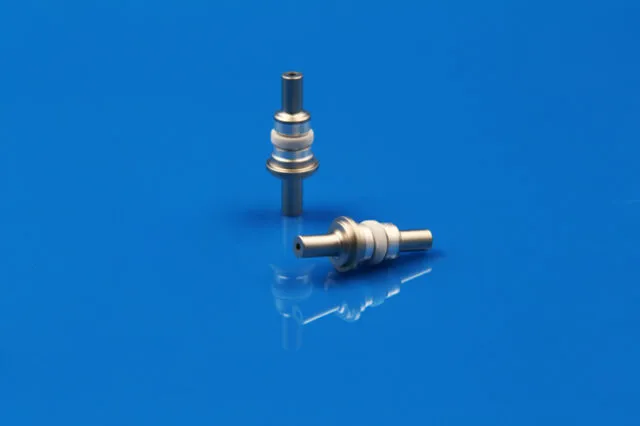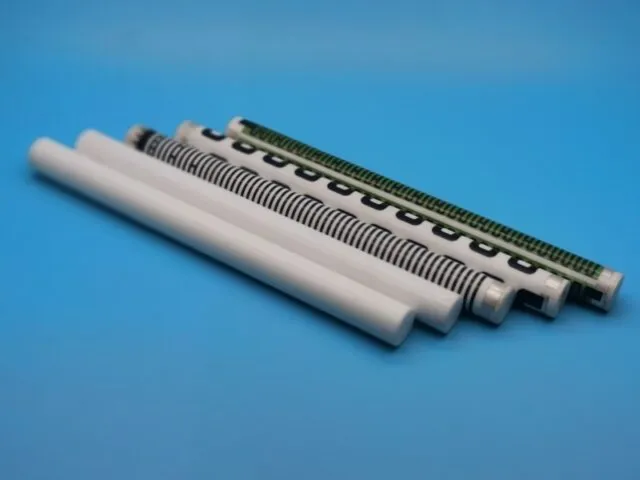The development of Molybdenum-Manganese (Mo-Mn) metallization has significantly advanced ceramic-to-metal brazed assembly techniques, delivering robust mechanical strength and reliable electrical insulation. Initially applied in vacuum electronic devices, this method has since been adopted across a wide range of industries, including semiconductors, integrated circuits, electric lighting, high-energy physics, aerospace, and chemical processing, as well as metallurgy, instrumentation, and machinery manufacturing.
As a result, material selection has become increasingly critical to achieving high-quality vacuum brazing results. This article focuses on three primary categories of materials commonly used in ceramic-to-metal joining:
Ceramics
- Al₂O₃
- BeO
- BN
- AlN
Metals
- Kovar alloy
- Oxygen-Free Copper (OFC)
- Stainless steel
- Mild steel
Brazing Fillers
- Ag
- Ag-Cu
- Cu
- Au-Cu
- Au-Ni
Ceramic materials must exhibit high-temperature stability and a compatible coefficient of thermal expansion (CTE). At INNOVA Supplies, alumina (Al₂O₃) is frequently utilized. A fundamental challenge in ceramic-to-metal joining arises because ceramics are not naturally wettable by molten metals, and the mismatch in CTE between the two materials can compromise joint integrity. A breakthrough in overcoming these issues has been the refinement of specialized brazing processes.
One common approach involves applying a metal layer to the ceramic component via Mo-Mn metallization and plating, or through active metal brazing. Following this preparation, the ceramic and metal parts are joined using a filler metal that melts and solidifies to form a durable bond. Different solders are selected according to the application requirements and operational temperature ranges.

What Are the Advantages of Ceramic-to-Metal Joining?
Advanced ceramic materials offer exceptional properties such as high melting points, thermal stability, corrosion and wear resistance, along with unique electrical characteristics including radiation tolerance, high-frequency performance, high-voltage resistance, and excellent insulation. With the rapid evolution of technology, there is a growing need in engineering applications to integrate advanced ceramics with metals. This combination allows the strengths of both material types to complement each other, enhancing overall component performance. By achieving reliable ceramic-to-metal brazed joints, these assemblies can perform under higher temperatures and in more demanding environments, opening the door to broader application possibilities.



